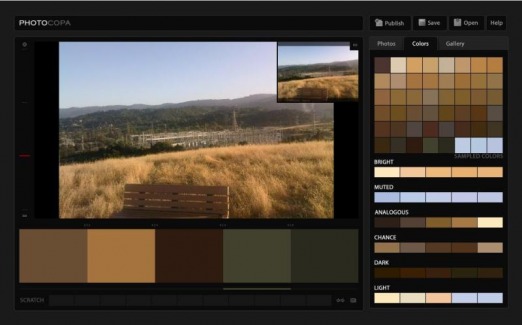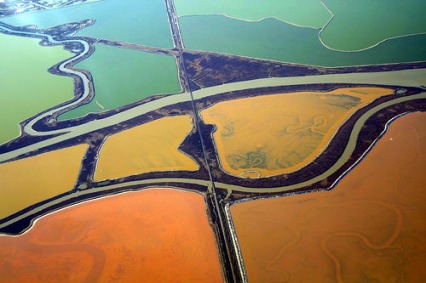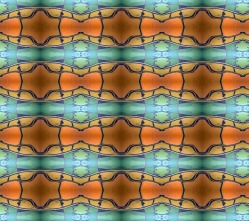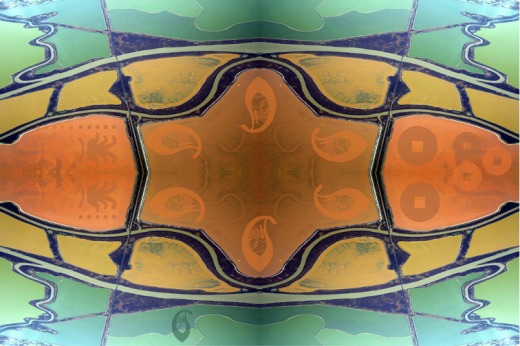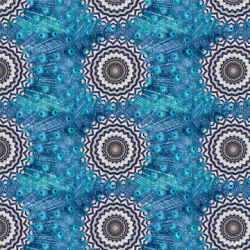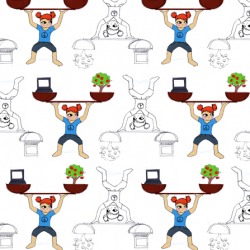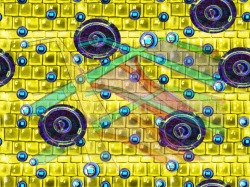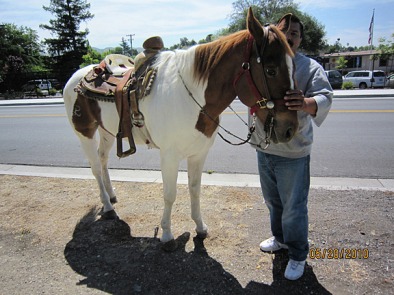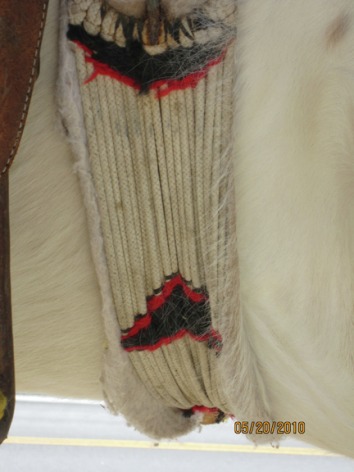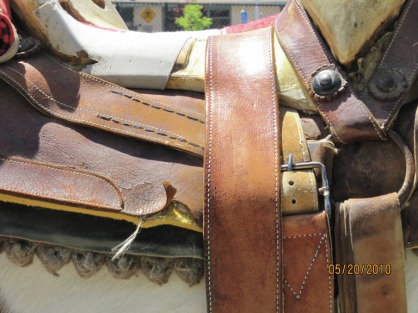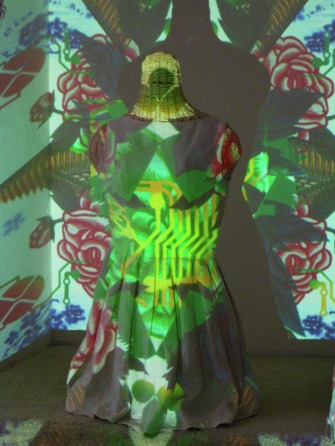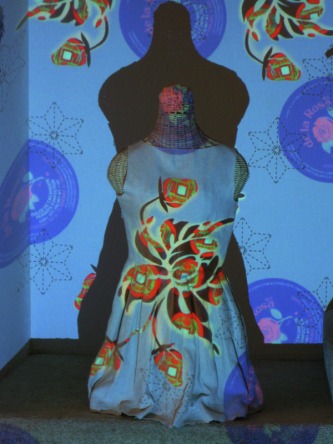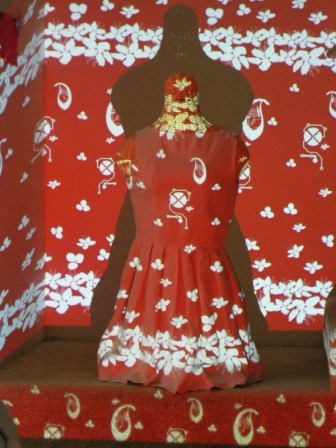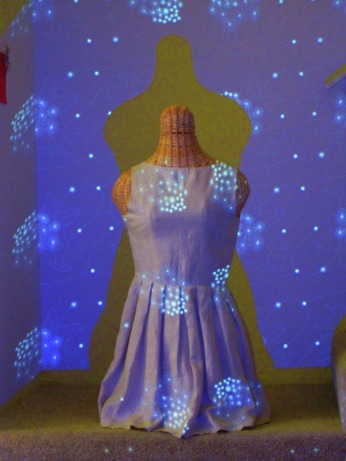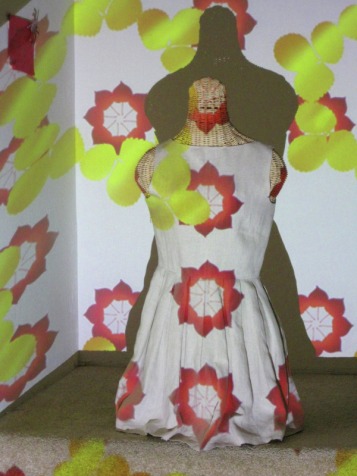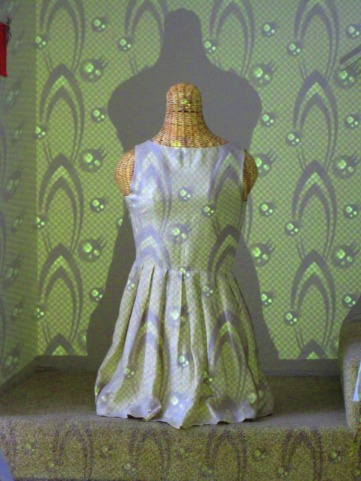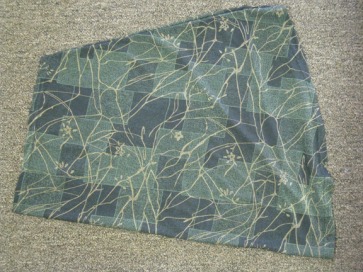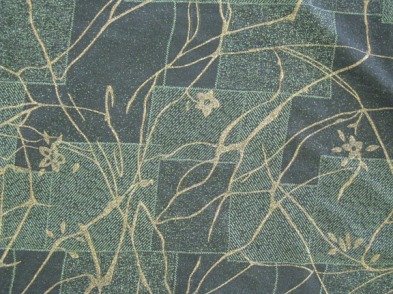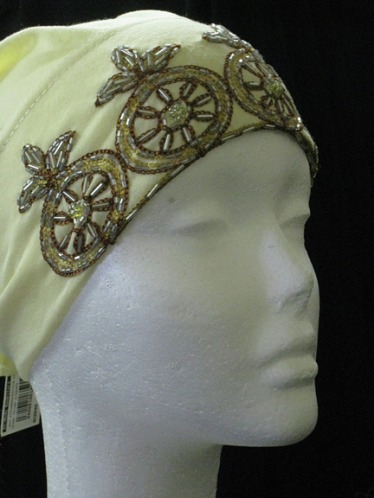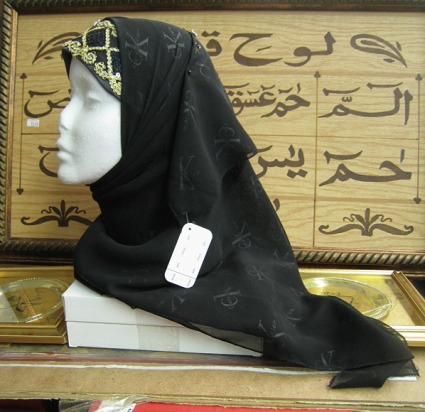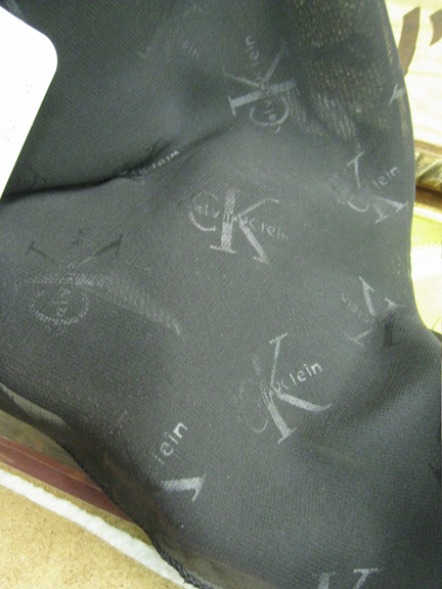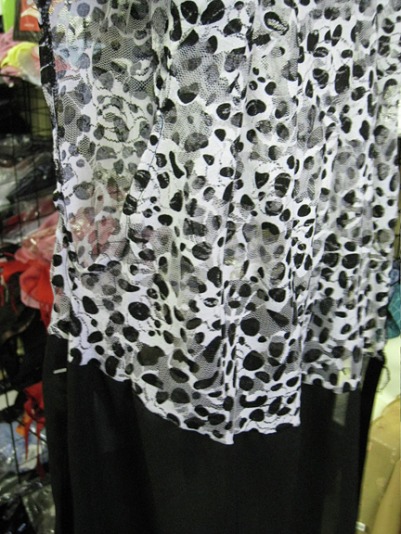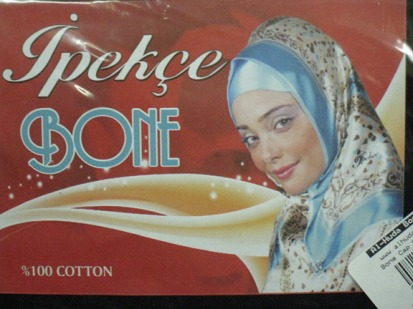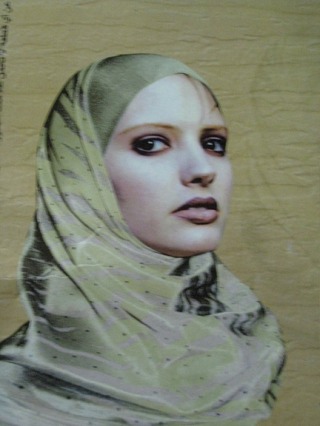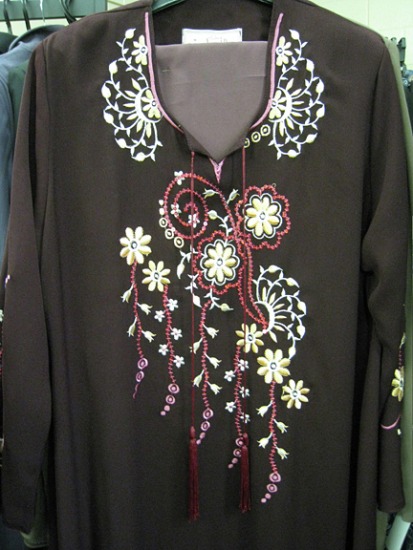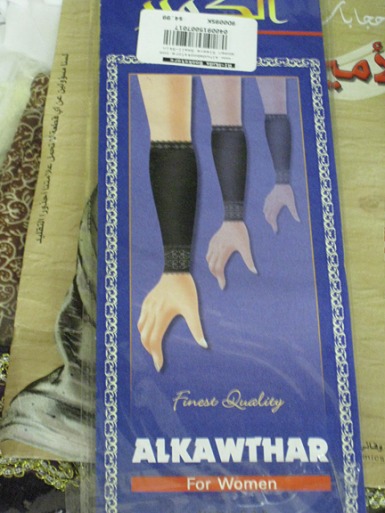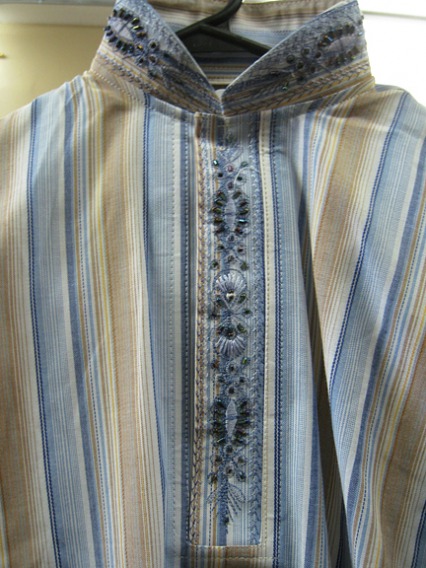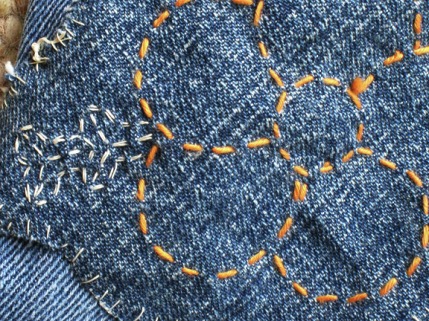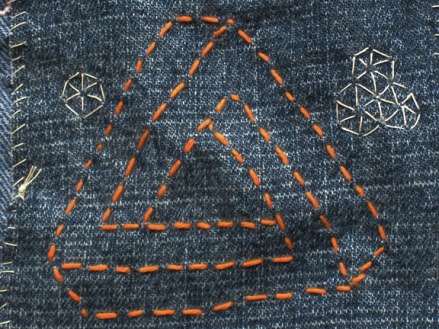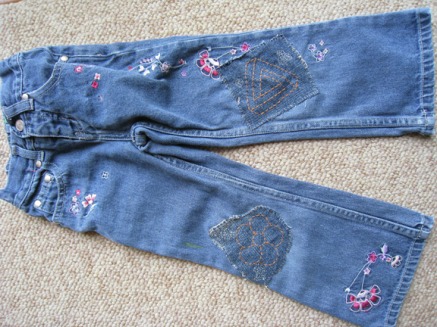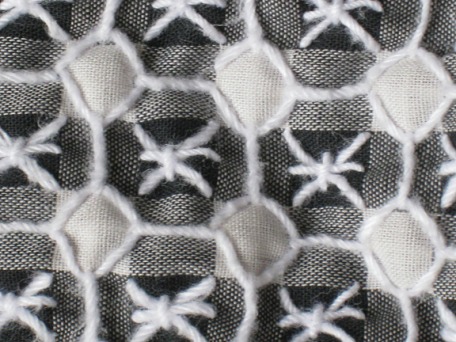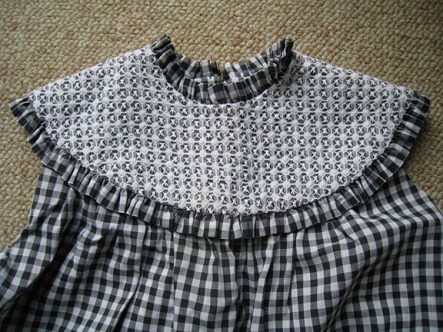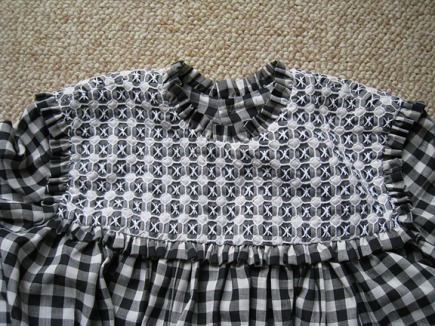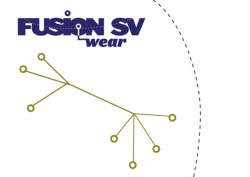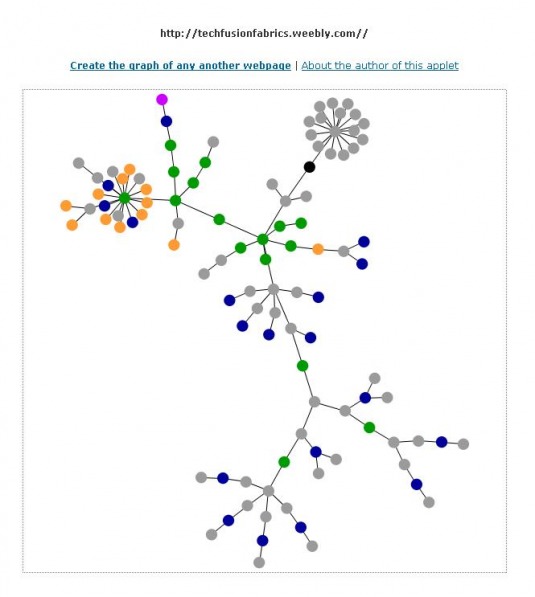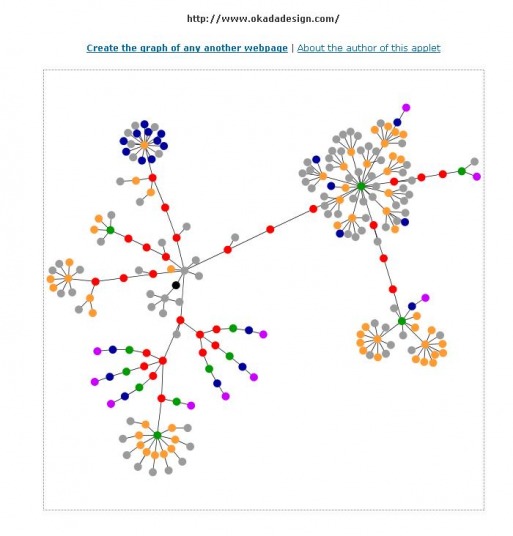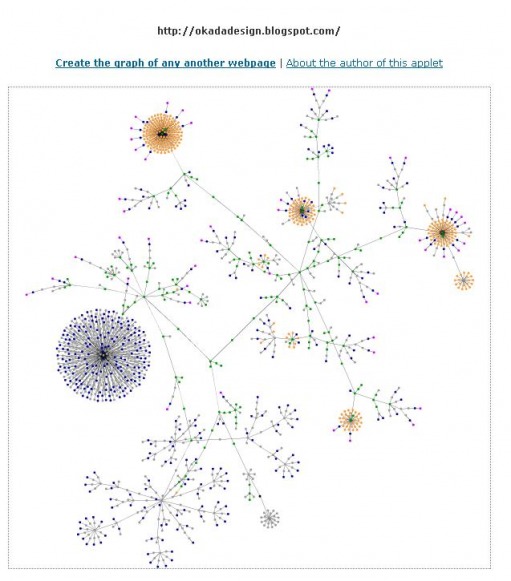OPPORTUNITY AND CHALLENGE:Creating a public participatory component to the ZERO1 NEA funded textile project is an exciting challenge. Assuming we get a lot of image submissions to the Flickr Group pool we create,
how will I pull inspiration from these and form coherent patterns on textiles? That is the key question. It could be a horrid jumble if I do not start visualizing now an over arching structure to the design. The whole project could soar or fail spectacularly!
I am fortunate to have great sounding boards in the artists friends and family around me. Diana Agrabrite of the Euphrat Museum recently spent a few hours reviewing my Creative Work Fund application and the ZERO1 textile project concepts. She challenge me to think of where cultural blending is and is not happening in the community and challenged me to find ways of expressing that in the textile design of the Creative Work Fund project application. Today I spent an hour talking with my sister, designer Lisa Whitsitt, brainstorming on the structuring of the ZERO1 textile project. I am so grateful for Diana's and Lisa's expert advise.
My sister suggested that I create a cleantheme tying all the textiles together.She referred me to a great project called
Medical Herbman Cafe. The project is a simple concept, it is easily explained and all components are seamlessly integrated and planned clearly from the beginning.
Since I was already visualizing abstracting topography elements (bird's eye view of Bay salt ponds) as a overlying structure on one of the textiles referencing both cultural blending and isolation, she suggested that I used
land mapping as the super structure bringing all the imagery together into a coherent framework.
Perhaps each of the five textiles represents a different environment zone... mirroring tangible space for a place, Silicon Valley, with no real physical boundaries: 1. Fertile land burred under concrete 2.The Bay3. Sky4. Mountains5. Low bay lands I can work with the visual vocabulary of topography maps, timelines and maps of all sorts. This approach references back to the idea of data collection and the art of visually making sense of data. How do the images and stories that the public contribute fit into the the land? What is the interplay between the people and the land and how is the interplay expressed in patterns?
INFORMATION GRAPHICS is a specialize field of design that represents raw data into some sort of visual order. Visual order and rhythm is what I am aiming for with my textiles. The textiles need to tell a story within a meaningful structured design. There is much inspiration to be taken from information design and perhaps much to be adapted for textile design.
Smashing Magazine has good info in information graphic mapping of information. The best site I have found for visual information is
Visual Complexity. I have learned a lot from this site. I am trying to figure out how to get
Synesketch on my website. It is a fascinating tool that visually represent mood expressed in written text. As the site states it is the "Web's first free open-source textual emotion recognition and visualization engine."
I can easily imagine the resulting patterns as digital embroidery motifs. For my ZERO1 textile project I will ask participants to submit statements on how they feel about Silicon Valley and then I will copy statements into application to generate images and then hopefully get the designs recreated in digital embroidery.
In my web hunting I found this great site,
Aharef, (Web pages as graphs ) which has an applet that turns websites into graphics based upon the tagging, coding, links, etc. Below, I tested out how the applet visualized my websites: this site and my artist site and my artist blog. Here are the images. The images don't capture how the blooms emerge from one dot and the following nodes unfold on the stems. It is a beautiful tool to watch in action.
